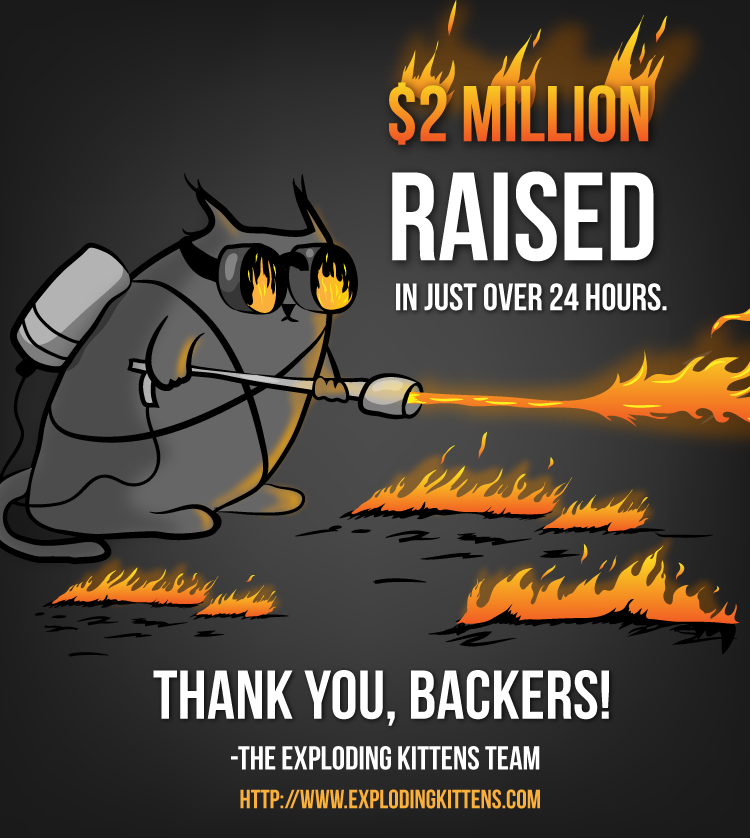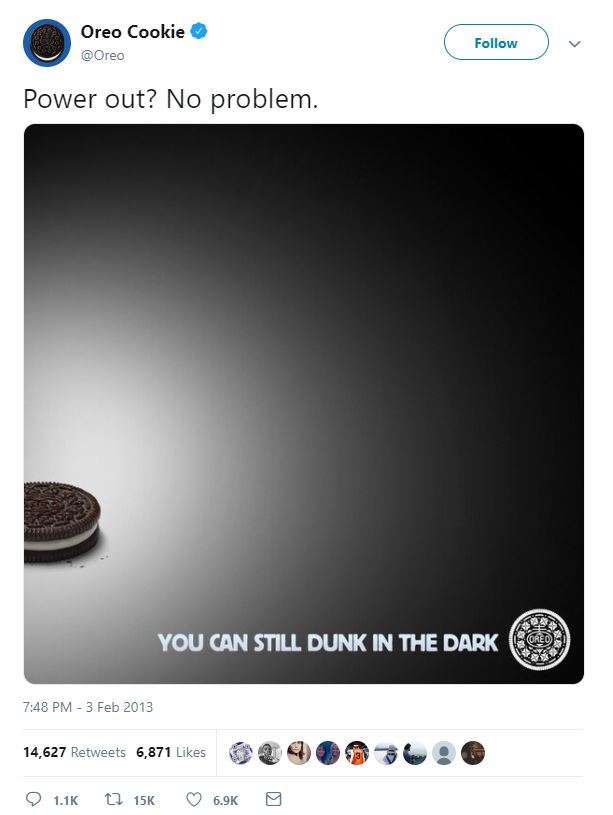GivingTuesday is December 3 and North Texas Giving Day is just around the corner – September 19. Is your organization ready for this nonprofit marketing challenge?
Giving Days are a celebration of philanthropy. GivingTuesday is a global day of giving that kicks off the charitable season, when many nonprofits focus on their holiday and end-of-year giving. Communities Foundation of Texas’ North Texas Giving Day is an annual giving event that empowers everyone to give back to their community by supporting local nonprofits and causes they care about in an easy-to-use platform.

Criticism of Giving Days
There has been criticism of Giving Days like GivingTuesday. One, GivingTuesday is in December, usually the best fundraising month for most nonprofits. Two, many nonprofits use GivingTuesday as an excuse to get spam-ey:
“And what is in these #GivingTuesday appeals and communications? A great new story? A special giving opportunity that I can be a part of to do something powerful, unique or impactful? Again, generally speaking, no. They are cash grab emails. Give today. Donate now. Make your donation. Why you might ask? Well… uh… because it’s #GivingTuesday seems to be the response.”
– Brady Josephson, NextAfter
Giving Days are not a giving bonanza. That’s a lot of pressure to put on one day. But, they are a great way to raise funds and introduce yourself to new donors. And, local Giving Days are often during the more fundraising fallow parts of the year, so as not to take away from end-of-year giving.
Plus, local Giving Days are often organized by foundations or organizations that have resources and tools to promote philanthropy in ways that small nonprofits often do not have the funds and manpower to do. These larger organizations reach out to media, offer marketing tools, and some, like
Communities Foundation of Texas, give out bonus funds to organizations who accomplish certain goals during North Texas Giving Day.
I hate to be a Debbie Downer, but in light of some sobering statistics on U.S. giving, it is important to take advantage of Giving Days in a strategic and focused way. The Fundraising Effectiveness Project found that while overall giving went up slightly (1.6%) in 2018, this was largely driven by major gifts (donations of $1,000 or more).
Revenue from smaller gifts decreased. Donations of $250-$999 dropped by 4%. Gifts under $250 fell by 4.4%. And, perhaps most serious of all, the overall number of donors fell (by 4.5%) as did retention rates (a 2% drop) and the number of new donors to an organization (a 7.3% drop). This means that:
“Giving is increasing because of larger gifts from richer donors. Smaller and mid-level donors are slowly but surely disappearing – across the board, among all organizations. Philanthropy should not and cannot be just the domain of the wealthy, and the entire sector needs to look at how we reach out to and engage these donors.”
– Elizabeth Boris, chair of the Growth in Giving Initiative
So, now that we’ve got the bad news out of the way, lets get to planning. Because as my mom says, people don’t plan to fail, they fail to plan.
First Things First – Focus
A winning Giving Day strategy has a focus. Organizations who focus their Giving Day goal on one program or initative – say, a new Maker Space for a library or a fund that supports afterschool programming for underserved kids – tend to do better than those who do not target donor giving.
Increasingly, donors want to know where their funds are going and its much easier for people to wrap their mind around one thing – a program or a new piece of equipment – than the dreaded “General Operating Costs.”
Light a Match
I had a boss once who said that having a donor match was like throwing a match on gasoline – it really lights a fire for giving. People love a deal and donor matches make it feel like they are doubling their money. Find a local company who is willing to sponsor a match – you can even offer marketing incentives like putting their name and logo on your Giving Day emails, social media, and website.
Marathon, Not a Sprint
Make a plan for the months and weeks leading up to your Giving Day. Luckily, both Giving Tuesday and Communities Foundation of Texas provide great campaign timeline tools to help you get started.
Also think about:
- Get some “ringers”: Assign advocates for your organization who can promote your nonprofit on social media and can make a donation in the early hours of your campaign. People like to join a bandwagon that has some momentum behind it.
- Be specific: Paint a picture with your gift amounts. For example a library can say a $50 donation buys 10 new books or $100 donation supports 3 hours of afterschool tutoring.
- Make it easy: Look at your donor giving page. Is it easy to use or is it cluttered and clunky? Clean it up before the big day. Giving Days are digital by nature and people are most likely to give online. If it takes a long time to make a donation or the process is confusing, your donor will “abandon cart.”
But the Day Itself is a Sprint
Giving Days are very social by nature – social media that is. Acknowledge your donors on the day of (with their permission of course.) Push out social posts promoting the focus of your fundraising for the day. Interact with your ringers. Let people know how far along your are to your goal and how much match money is left. Talking about how much match money is left creates a sense urgency. And, of course, celebrate and thank your donors.
Giving Days are a great way to acquire new donors, engage with current donors, and of course, raise money for your cause. But you have to have a plan. Giving Day campaigns are a marathon (except on the day of, when its a sprint). Are you geared up? If not, we can help.














